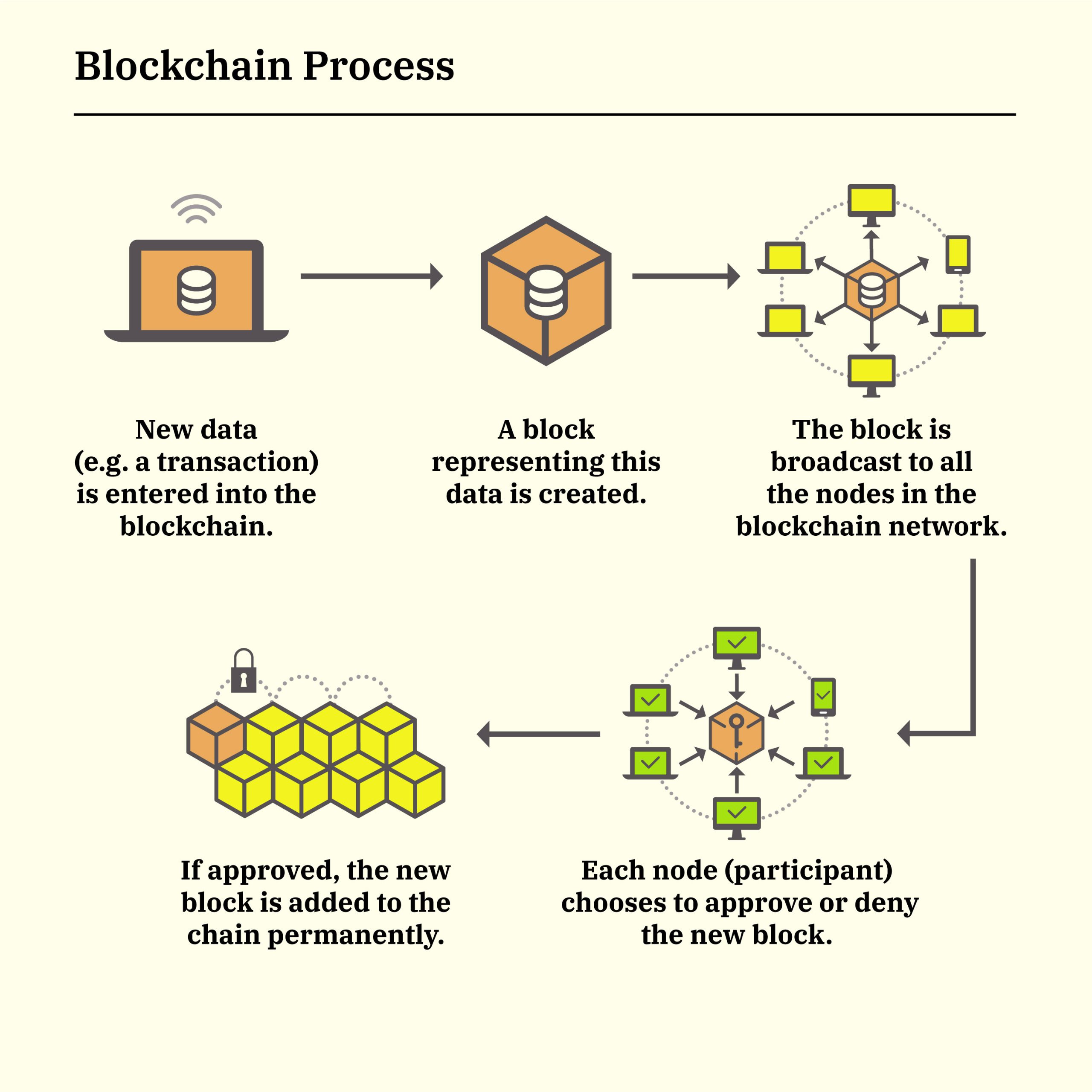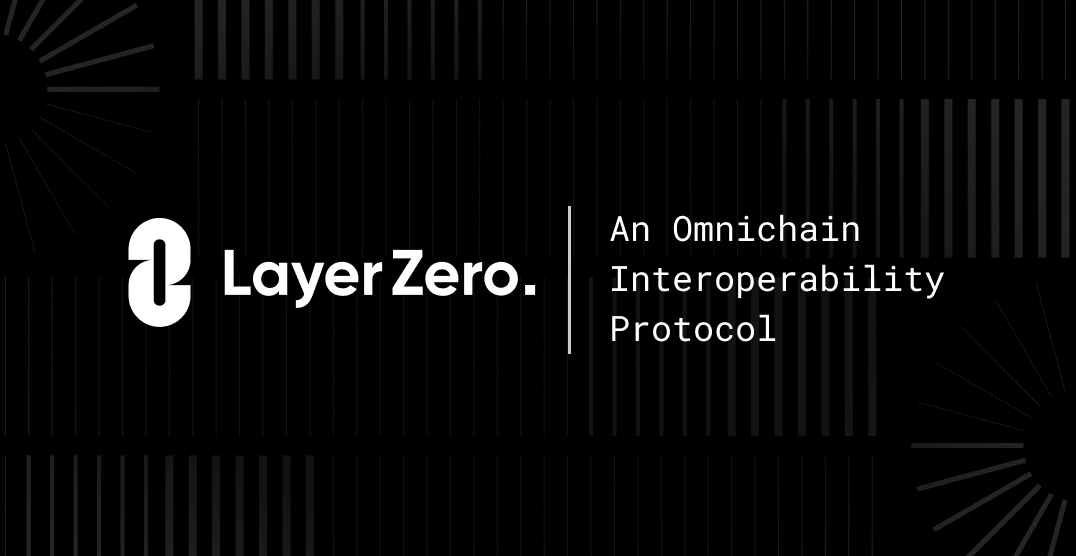…Understanding the Core Concept of a Decentralized, Distributed Ledger System
Welcome to a journey into the heart of one of today’s most groundbreaking technologies: blockchain.
If you’ve ever felt lost amidst the buzzwords and technical jargon, you’re not alone. It seems like every corner of the internet is shouting about blockchain’s potential, yet clear, simple explanations are hard to come by. Isn’t it about time we change that?
Today, we’re peeling back the layers of complexity to reveal the clear, straightforward truth about what blockchain is and why it matters to you. Whether you’re a business owner, a consumer, or just a curious soul navigating the digital age, understanding blockchain is key to navigating the future.
So, take a breath, and let’s step into this new world together. By the end of this post, my goal is for you to not only understand blockchain but to appreciate its potential impact on our world. Let’s get started, shall we?
What is Blockchain and How It Differs from Traditional Databases?
Let’s demystify what seems like a complex concept at first.
At its essence, blockchain is fundamentally a new way to store and share information – it’s a digital ledger, but not the kind that exists on a single server or confined within one organization. Instead, this ledger is decentralized; it lives across a vast network of computers, each holding a copy of the ledger that must consistently agree with all others.
Why is this important for you to know?
Imagine a system where every transaction, whether it’s financial, contractual, or even the exchange of personal data, is recorded in a way that is transparent, secure, and immutable. The usual trust placed in intermediaries like banks or legal entities can now be transferred to a technology that operates with complete openness and reliability.
Blockchain is a breakthrough because it ensures that once information is entered into the ledger, it cannot be altered or deleted by any single entity. Each record is linked using principles of cryptography, creating a chain of data that is secure from tampering. This means no more hidden terms, no more unauthorized changes, and no room for corruption.
Each transaction or block added to this chain is verified by multiple nodes (computers) on the network, making fraudulent activities extremely difficult and securing data integrity. This verification process, coupled with the decentralized structure, makes blockchain a robust, fail-safe platform.
This decentralized, cryptography-based solution offers more than just technical security – it offers peace of mind. In the blockchain world, data integrity is not an added feature; it’s the standard.
Every participant on the network has access to the entire database and its complete history. No record can be erased or altered without the consensus of the network, ensuring every transaction is verified and secured. This level of security and transparency could redefine interactions in our digital world, making our transactions safer, faster, and more dependable.
The Anatomy of a Blockchain
At the heart of blockchain technology is its unique structure, which distinguishes it from traditional databases and systems. Understanding the anatomy of a blockchain can help you grasp not just how it functions but why it represents such a significant leap in how we manage and secure data.
Blocks: Each blockchain is composed of individual blocks, and each block contains a set of transactions. Imagine a block as a page in a ledger or a record book. However, unlike a page that can be torn out, each block is cryptographically sealed and linked to the block before it.
Transactions: Transactions are the actions carried out in a block. In the context of cryptocurrencies, a transaction could be the transfer of funds between two parties. In other applications, it could be any exchange of information, like the transfer of property titles or voting in an election.
Hash: At the end of each block is something called a “hash,” a unique set of numbers and letters. Think of it as a fingerprint. This hash is created by a hash function – a special algorithm that takes the information in the block and turns it into a short, fixed-length sequence. The hash of one block also includes the hash of the previous block, creating a chain.
Creating a New Block: When a new block is created, it undergoes a validation process by network participants, called nodes. This involves a consensus protocol, which can vary between different blockchain implementations. The most common one, known as Proof of Work, involves solving a computational challenge that requires considerable processing power, a process often referred to as “mining.”
Chaining Blocks: Once a block is completed and verified, it is added to the chain in a linear, chronological order. The hash that seals each block ensures the integrity of the previous block all the way back to the original, or genesis block, thereby securing the entire blockchain. This chaining mechanism is what makes a blockchain secure. Altering any information on a block would change its hash, and since every block is linked to the hash of the previous block, the entire chain would become invalid.
Changing any single piece of data within a block would require re-mining not just the block in question but all of the subsequent blocks in the chain – a task that is computationally impractical for even the most powerful computers, especially when a large network of users is continuously verifying the chain’s integrity.
This architecture not only ensures the security of data but also its transparency and traceability. Every participant in the network has access to the entire chain, meaning that all transactions are public (albeit anonymized), and everyone holds a copy of the truth. This makes blockchain an incredibly powerful tool for ensuring data integrity and trust without the need for intermediaries.
How Blockchain Works
Understanding how blockchain operates in practice brings us closer to realizing why it’s considered revolutionary in managing data and conducting transactions. Let’s break down the process step-by-step:
Initiating Transactions: Everything starts when a user initiates a transaction. This could involve sending digital currency, executing a smart contract, or simply recording information. Each transaction is encrypted and signed digitally by the initiator, ensuring its authenticity and security.
Verifying Transactions: Once a transaction is initiated, it doesn’t get added to the blockchain immediately. Instead, it’s transmitted to a network of peer nodes. These nodes, or participants in the blockchain network, use algorithms to evaluate and verify the transaction’s validity. For example, in the case of a cryptocurrency, nodes might check if the initiator has sufficient funds for the transaction.
Forming a Block: After a transaction is verified, it’s bundled with other transactions to form a new block. Each new block must reference the previous block’s hash, which is a unique digital signature that ties the blocks securely together. This reference ensures continuity, security, and integrity of the blockchain.
Achieving Consensus: Before a new block can be added to the blockchain, a consensus must be reached among the nodes on the network. This is crucial in maintaining the decentralized nature and integrity of the blockchain. The most commonly known consensus mechanism is Proof of Work (PoW), where nodes compete to solve complex mathematical problems. The first node to solve the problem gets the right to add the new block to the blockchain.
Adding to the Ledger: Once consensus is achieved, the new block is added to the blockchain. This block is then broadcast to all nodes in the network, updating their ledgers simultaneously. This distributed nature of information ensures transparency and makes it nearly impossible to alter any information retroactively.
Key Features of Blockchain Technology
Blockchain is more than just its architecture; its features define its potential across various applications:
Decentralization: Unlike traditional ledgers or databases that are controlled by central authorities (like banks or government agencies), blockchain distributes data across a network of independent nodes. This decentralization reduces the risk of centralized corruption or failure.
Transparency: While personal data on blockchain is secured through encryption, the transactions themselves are visible to all participants and recorded on a public ledger. This level of transparency builds mutual trust and accountability, crucial in sectors like finance or supply chain management.
Immutability: Once data is recorded in the blockchain, it is extremely difficult to change. To alter any information on the blockchain, one would need to alter all subsequent blocks on the majority of the network, which is practically impossible due to the high cost and substantial computational effort required.
Security: Blockchain uses advanced cryptography to secure data. Each block contains its own hash, along with the hash of the block before it. This, along with the proof-of-work system, helps to prevent fraud and unauthorized data alteration.
Efficiency and Speed: By eliminating the middleman and reducing the need for large back offices, blockchain technology can perform transactions faster and more efficiently than traditional systems, especially in cross-border transactions that might otherwise take days to clear and settle.
Practical Applications of Blockchain
The applications of blockchain technology extend far beyond its origins in cryptocurrency. Its inherent qualities make it suitable for a variety of uses across different industries:
Supply Chain Management: Blockchain offers unprecedented transparency and traceability in supply chains. By recording every step a product takes from manufacture to sale, it helps ensure authenticity and compliance, reduces delays, and cuts costs through more efficient logistics and inventory management.
Healthcare: In healthcare, blockchain can secure the storage and sharing of medical records, maintaining privacy and compliance with regulations. It can also track pharmaceuticals from production to delivery, ensuring that drugs are not counterfeit.
Financial Services: Beyond cryptocurrencies, blockchain facilitates faster and cheaper transactions by eliminating intermediaries in processes such as payments, remittances, and clearing and settlement systems.
Real Estate: In real estate, blockchain can streamline transactions by reducing paperwork and the need for record checks, ultimately speeding up property sales and reducing fraud.
Voting Systems: Blockchain can also enhance transparency and security in voting systems, ensuring that each vote is counted and protected from tampering or loss, potentially reducing the scope for electoral fraud.
Challenges and Limitations
While blockchain presents a revolutionary approach to data management and transaction processing, it is not without its challenges:
Scalability: One of the main challenges facing popular blockchain networks like Bitcoin and Ethereum is scalability. As the number of transactions increases, the time and resources required to process them can lead to bottlenecks.
Energy Consumption: The Proof of Work model, while secure, requires a significant amount of computational power and energy, raising concerns about its environmental impact.
Regulation: As a relatively new technology, blockchain faces uncertain regulatory environments in many countries. Legal uncertainty can hinder adoption, particularly in sectors like financial services.
Complexity and Cost: Implementing blockchain technology can be complex and costly, requiring substantial initial investment and technical expertise.
Conclusion
Blockchain technology offers a robust solution to many modern-day transaction and data integrity issues, providing transparency, security, and efficiency. As industries from finance to healthcare look to harness these benefits, understanding the underlying principles and potential applications of blockchain becomes increasingly important.
However, like any technology, blockchain is not a one-size-fits-all solution and comes with its own set of challenges that need to be carefully considered and addressed. As blockchain continues to evolve, staying informed about this technology will be crucial.
Interested in staying ahead in the world of blockchain and cryptocurrencies? Subscribe to our BlockMatra Crypto Research newsletter. We deliver only two newsletters per week, packed with insightful analysis, the latest trends, and actionable advice.








One Response